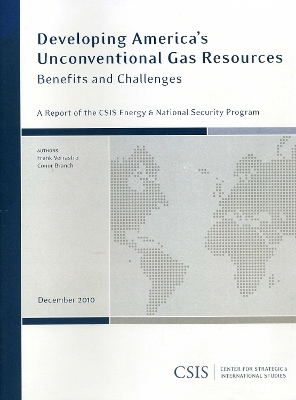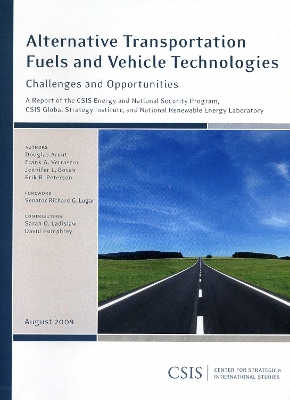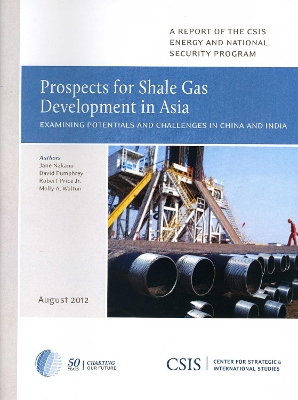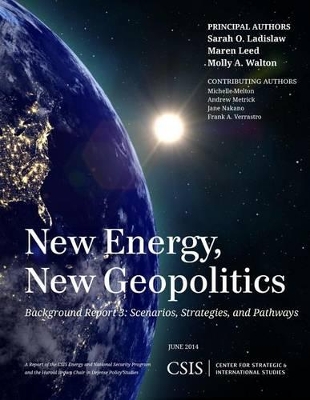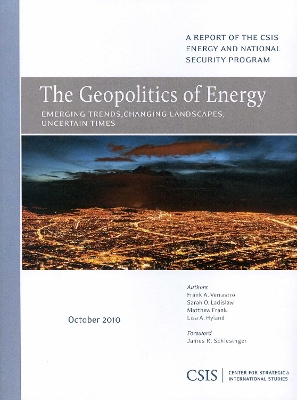CSIS Reports
9 total works
Remaking American Power
by John Larsen, Sarah O Ladislaw, and Whitney Ketchum
Delivering the Goods
by Frank A. Verrastro, Michelle Melton, Sarah O Ladislaw, and Lisa Hyland
Realizing the Potential of U.S. Unconventional Natural Gas
by Sarah O Ladislaw, Lisa A. Hyland, and David L. Pumphrey
Developing America's Unconventional Gas Resources
by Frank A. Verrastro and Conor Branch
Alternative Transportation Fuels and Vehicle Technologies
by Douglas Arent and Frank A. Verrastro
Prospects for Shale Gas Development in Asia
by Jane Nakano, David L. Pumphrey, and Robert Price, Jr.
New Energy, New Geopolitics
by Sarah O Ladislaw, Maren Leed, and Molly A Walton
This report pairs with three background reports, all available from Rowman & Littlefield:
New Energy, New Geopolitics: Background Report 1: Energy Impacts
New Energy, New Geopolitics: Background Report 2: Geopolitical and National Security Impacts
New Energy, New Geopolitics: Background Report 3: Scenarios, Strategies, and Pathways
China-Leader or Laggard on the Path to a Secure, Low-Carbon Energy Future
by Sarah O Ladislaw and Jane Nakano



